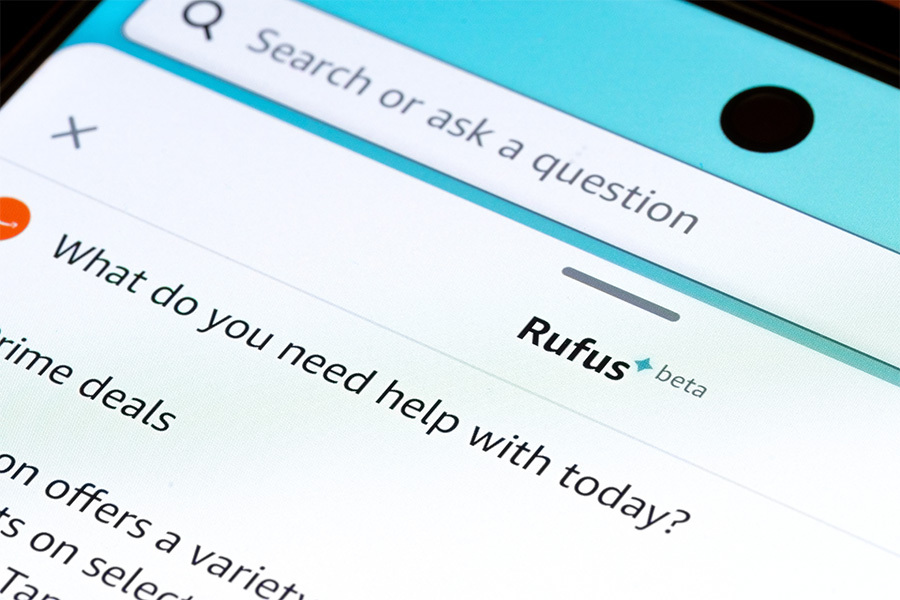What’s Next: From Recommendations to Relationships
The next evolution of AI commerce will go beyond transactions — toward personalized relationship engines.
As agents learn preferences, context, and purchase history, they’ll anticipate needs before a shopper even asks.
We’ll move from reactive discovery (“show me the best options”) to proactive curation (“here’s what fits your goals, price range, and past behavior”).
For brands, that means success won’t come from visibility alone — but from data continuity: feeding consistent, high-quality information across platforms so that every AI agent can recognize, recommend, and represent the brand with accuracy.
The Bottom Line
AI isn’t replacing search, instead it’s upgrading it. Discovery now happens on an intelligent shelf that learns from behaviors, adapts in real time, and recommends. Success will come from outstructuring competitors rather than outspending them. Brands that build clear, authentic content, maintain consistent structure across listings, and provide reliable product data and signals will become the ones that agents understand and choose.
Winning in this landscape means knowing how AI curates, recommends, and converts, and shaping your data, content, and strategy for the age of the agent.
FAQ
Q: How are AI assistants like ChatGPT and Rufus changing how people shop?
A: They’re becoming the first stop for discovery, synthesizing reviews, specs, and opinions into a single, trusted recommendation.
Q: Who’s using AI to shop right now?
A: Younger generations are leading adoption, but usage is expanding across all age groups — each seeking speed, confidence, and personalization in their decisions.
Q: What should brands do right now?
A: Focus on structured data quality, content clarity, and alignment with shopper intent. Make your product information something an AI agent can “reason over.”
Q: What is Agent Engine Optimization (AEO)?
A: It’s SEO for AI-powered discovery, optimizing data, copy, and structure so assistants can interpret, rank, and recommend your products accurately.


